- Tsaone Segaetsho
With global economies transitioning to greener and more sustainable settings, the consumption of technology and its instruments becomes a necessity. The by-product of that necessity, however, is electronic waste and with it the challenge of managing such by-products.
Statistics Botswana (StatsBots) in a recent report defines Electric and Electronic Equipment (EEE) as something dependent on electric currents or electromagnetic fields to function, and equipment for the generation, transfer and measurements of such currents and fields.
What StatsBots aimed at is EEE’s continued production by big manufacturing firms feeding end users across the globe, something which is a rising phenomenon globally.
According to StatsBots, the rise in use of EEE is due to a rapid increase in the adoption of information and communication technology and its incorporation into other products.
“As individuals accumulate multiple sets of mobile phones, accessories, television sets, radios, computers, printers, and various other devices, the amount of outdated and end-of-life equipment in the economy increases, resulting in a larger pool of equipment that can be collected and recycled,” said StatsBots’ latest data report.
However, according to the report, this has led to the generational conundrum which is now a topic of international concern.
According to StatsBots, the rise in technology gadgets has led to the burden on earth of an “uncontrollable” increase in the amount of waste electrical and electronic equipment (WEEE) or E-waste.
While E-waste contains hazardous substances, it’s improper management, including inadequacies in recycling and disposal, can result not only in a loss of valuable content, but can also pose hazards to Botswana and the environment.
“EEE and E-waste contains heavy metals such as cadmium and mercury; chlorofluorocarbons, and flame retardants. Great care must be taken to prevent unsafe exposure of the workers during,” says StatsBots report, qualifying that this is why E-waste holds significant attention in Sustainable Development Goals (SDGs), especially related to protecting the planet and ensuring prosperity.
According to StatsBots, increasing levels of E-waste, improper and unsafe treatment, and disposal through incineration or in landfills, poses significant challenges to the environment and human health, in addition to Botswana’s ability to achieve SGDs.
In the StatBots report, which comes from the National E-waste Monitor for Botswana and led by Ditshupo Gaobotse and Stephen Pheko from Statistics Botswana, Joyce Isa-Molwane and Neelo Michelle Oppedal from Botswana Communications Regulatory Authority (BOCRA) and Frank Molaletsi from the Department of Waste Management and Pollution Control (DWMPC), Botswana continues to lag behind in its E-waste management.
According to the researchers on the national E-waste monitor project, there is very little awareness from consumers on how to handle E-waste in Botswana. Additionally, despite Botswana having companies actively dealing with E-waste, the available infrastructure is insufficient to handle E-waste, the researchers found.
There are twelve licensed companies that deal with E-waste in Botswana, but they are not specialised in this sector and mainly export the waste for treatment, the report adds.
“Many of these companies only take care of E-waste collection and transport. They are mainly involved in the dismantling of electronic appliances to extract valuable and precious materials and for transport of E-waste across borders (mainly to South Africa), handing it over to more established companies that have the infrastructure available for end-of-life management,” said the report.
As if the inadequacy or lack in E-waste control infrastructure was not enough, there is also no available data on the quantities of E-waste collected by those companies, and on what is exported internationally.
“There are many outlets in towns and cities across Botswana for the repair and reconditioning of EEE such as computers, mobile phones and general electronic equipment. Refurbishment operations are involved in the purchase of obsolete EEE for reuse, extracting spare parts, and repairing and selling equipment.
As the Government of Botswana is one of the largest procurement entities of computers, the Government Computer Refurbishment Centre for the reclamation and restoration of used or obsolete ICT equipment from government institutions was established. Some refurbished computers under this project used to be supplied to schools around the country.
However, this is no longer practiced as the refurbished equipment has limited lifespan and accumulates in schools at the end of use creating disposal challenges,” the report added.
With StatsBots’ latest data on E-waste generated in Botswana, which was calculated from 1995 to 2020, an increasing trend over time was observed.
The records show that in 2020 (latest year of available data) Botswana had the highest amount of E-waste generated at 13 494 tonnes. This is after 21 097 tonnes of EEE was placed on the market in Botswana in the same year.










